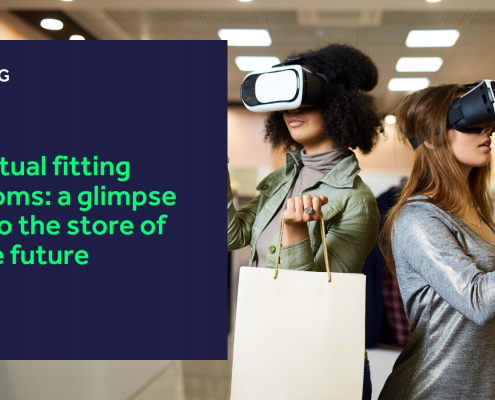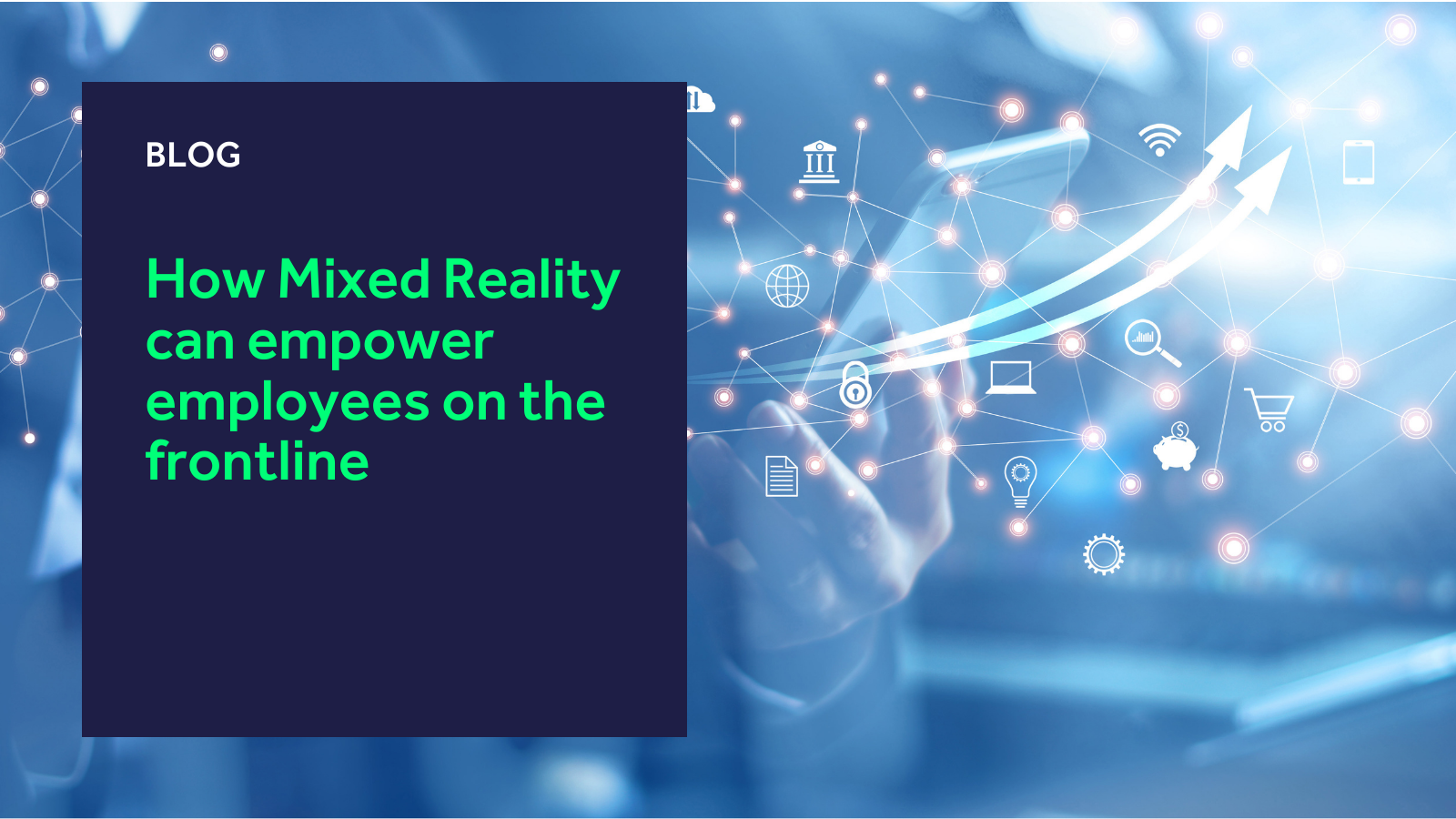Today, retailers are faced with a paradox. K3’s own research discovered that 51% of consumers don’t want any interaction with store staff. Yet, customer service is still a leading consideration for shopper satisfaction.
So, what can retailers do to resolve this issue?
Tech, tech and more tech
The role of technology today should not be understated. It is increasingly transforming the way we interact with one another, and it is now essential to many workplaces.
Yet, fewer than one in four frontline workers indicate they have the right technology to do their job effectively. Retailers must start to adopt more solutions that enable their employees to be the best they can – for both their sakes.
There are many businesses already trialing digital-first strategies, like Marks and Spencer. M&S is currently using Surface Go devices combined with Microsoft Teams to establish a new method for contact between employees.
Using these devices, colleagues are enabled to communicate with each other quickly and gather the information they need. This allows them to be more effective every day.
But this still doesn’t address the issue at large – which is that customers don’t want human interaction.
The CX problem
Earlier this year, K3 spoke to Professor Dr. Phil Klaus, leading global CX strategist, who said:
“The fact that 51% of retail customers would prefer to avoid human interaction speaks to the level of customer service being offered.
“My question to retailers is, why are the most important people for delivering a good customer experience also the least educated, worst paid, and most under-appreciated in the entire company?
“My advice is simple: hire people trained in empathy and treat them well. This is what the most profitable companies are already doing, so what is stopping you?”
Clearly, the way in which store assistants operate needs to change – or else businesses risk losing a lot of customers.
As Professor Dr. Phil Klaus suggests, treating these often-underappreciated individuals well will positively impact their lives, and by default, how they perform their duties.
However, this will only go so far if the employees are still not properly trained in dealing with customers.
But there is technology – like Mixed Reality – that can help train them to handle these situations better.
Welcome to the frontline, Mixed Reality
Broadly, Mixed Reality (MR) refers to the merging of the real world with virtual environments and visualisations to create something entirely new.
It is well documented that Augmented Reality (AR) and other tech is being utilised by retailers to create new experiences for consumers and employees alike – but MR allows this to be taken up to the next level.
In MR, both physical and digital objects exist in the same space. This means consumers can enter the MR space and interact with staff and products, going so far as to have actual conversations and even try clothes on.
Meetings can take place instantaneously, even when all parties are situated far away from each other. This allows stakeholders to direct their employees without ever picking up a phone or sending an email.
Mixed Reality offers new training opportunities
Retailers are now using MR tools to retrain their store staff for telecommunication and digital-based customer service positions. This is quite important because new hires, or existing employees, can be trained and/or retrained by practicing their duties in varying situations without risk.
If they fluff a situation in a training environment, there is no cost to the business and crucially, it gives the employee much-needed experience and insight into how they can improve.
Since both the digital and physical are connected, staff also have access to in-depth customer profiles to better service customers – and quite literally become more intelligent on the spot.
Clearly, Mixed Reality and other emerging technologies have a pivotal role to play in continuing to reshape the retail landscape as we know it today.
They present a great opportunity for retailers to drastically enhance customer experiences while redefining what the modern-day store assistant looks like.
Interested in reading more about frontline employees? Discover more about how empowering local managers is the first step to achieving an authentic CSR strategy.
 https://www.k3btg.com/wp-content/uploads/2022/01/Virtual-fitting-rooms.png
900
1600
Jordan Heal
https://www.k3btg.com/wp-content/uploads/2022/03/K3_Master_Colour_RGB.svg
Jordan Heal2022-01-26 09:33:042025-02-21 14:58:31Virtual fitting rooms: a glimpse into the store of the future
https://www.k3btg.com/wp-content/uploads/2022/01/Virtual-fitting-rooms.png
900
1600
Jordan Heal
https://www.k3btg.com/wp-content/uploads/2022/03/K3_Master_Colour_RGB.svg
Jordan Heal2022-01-26 09:33:042025-02-21 14:58:31Virtual fitting rooms: a glimpse into the store of the future

